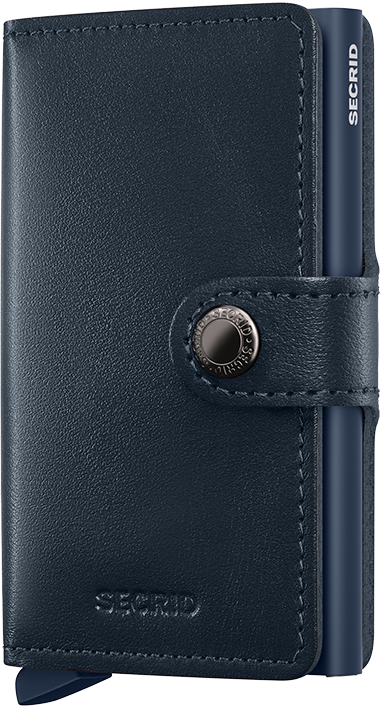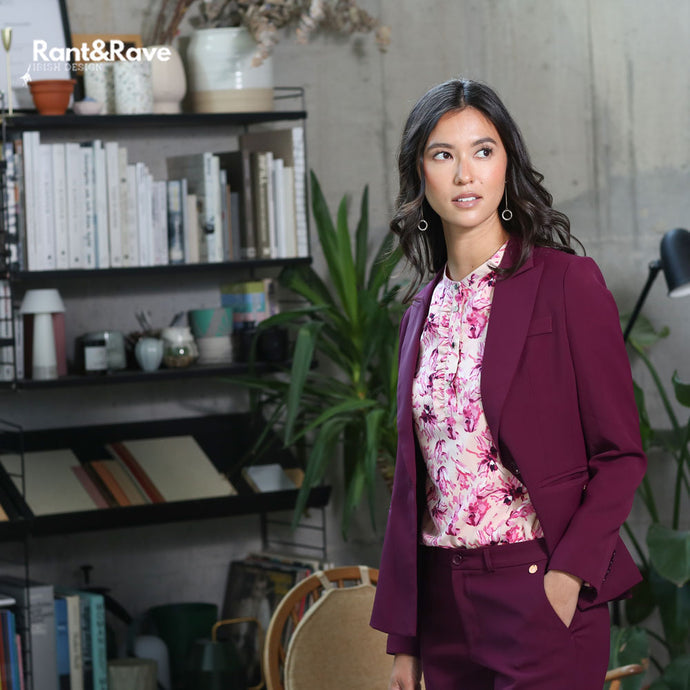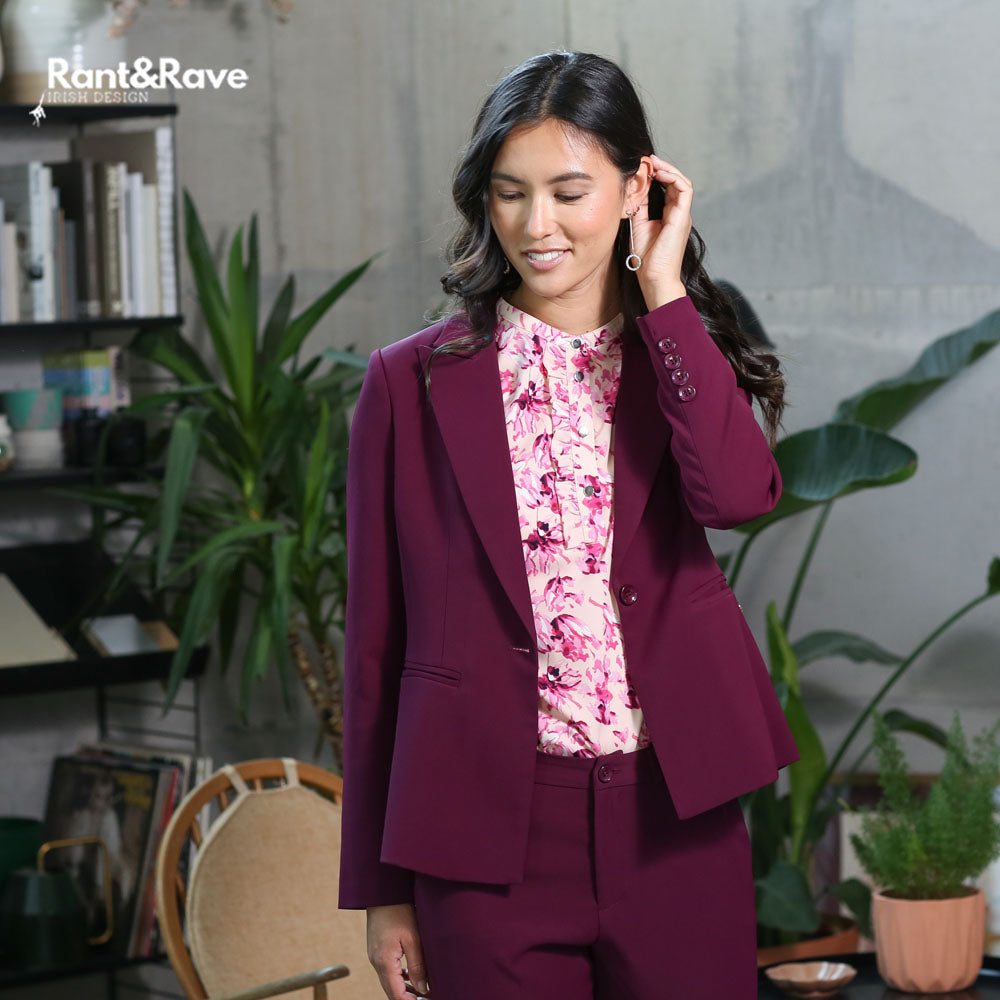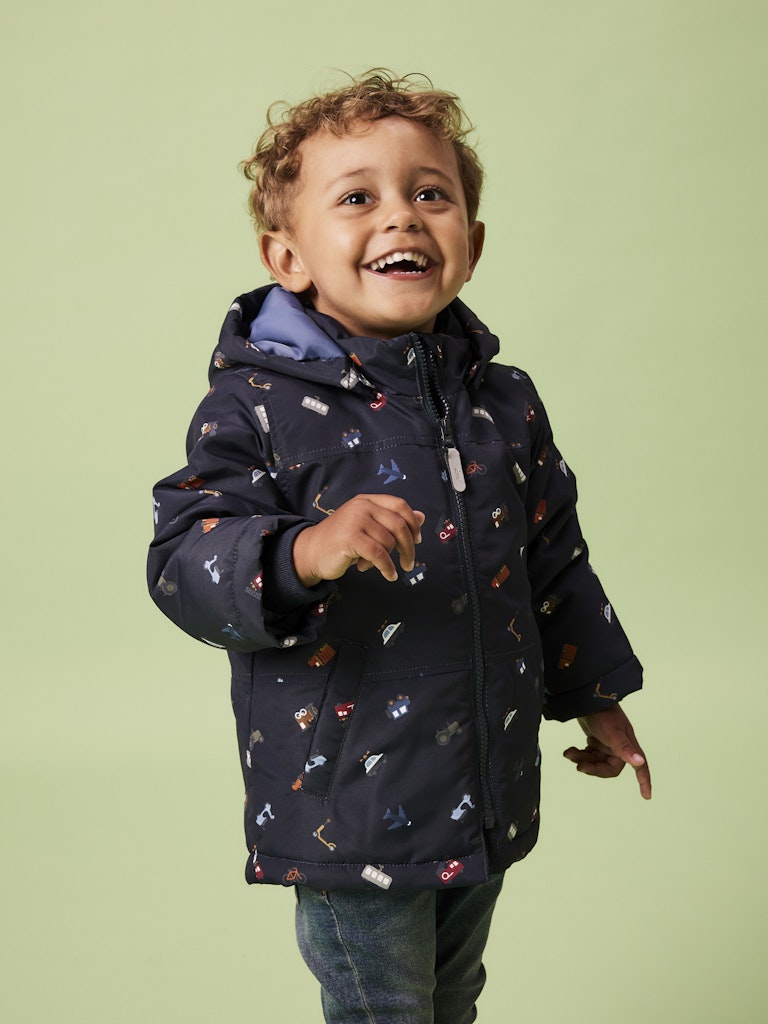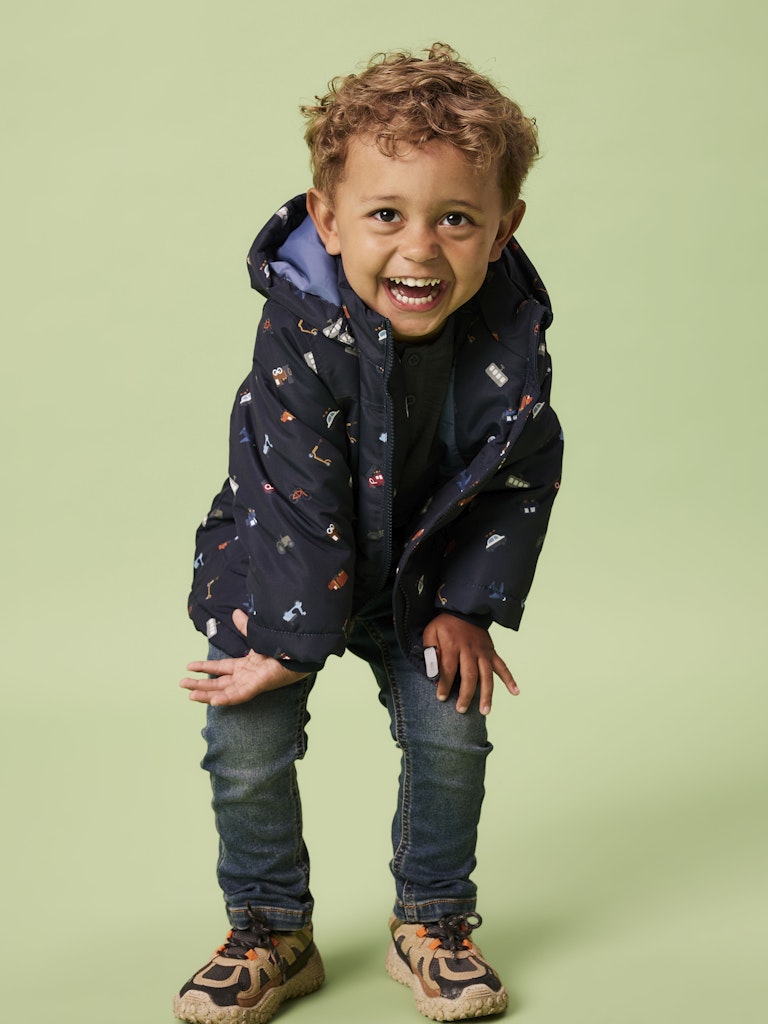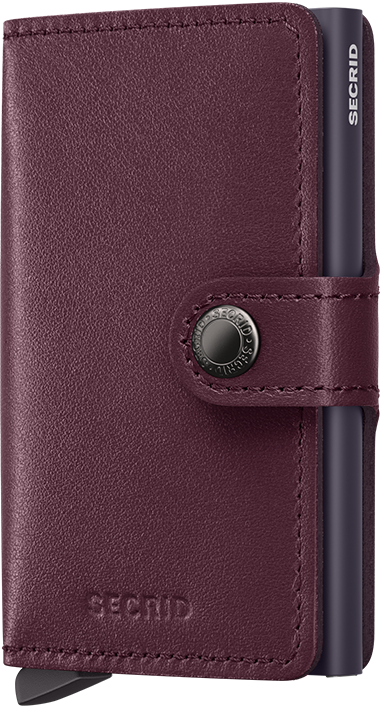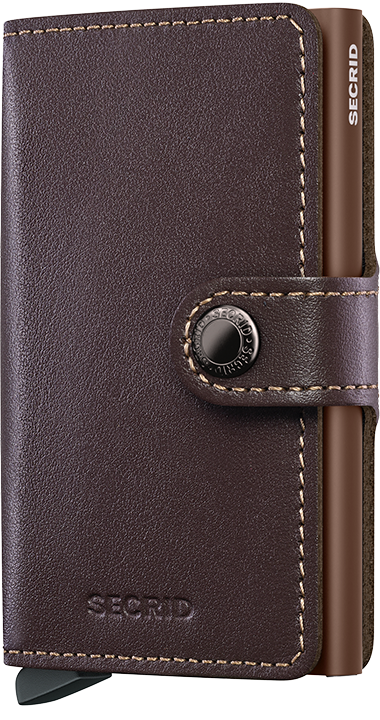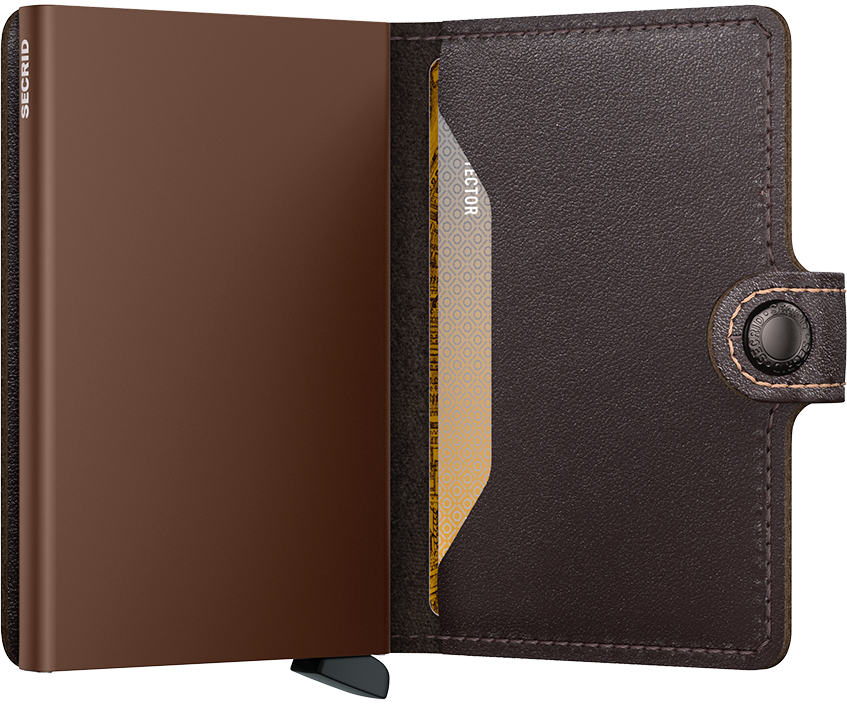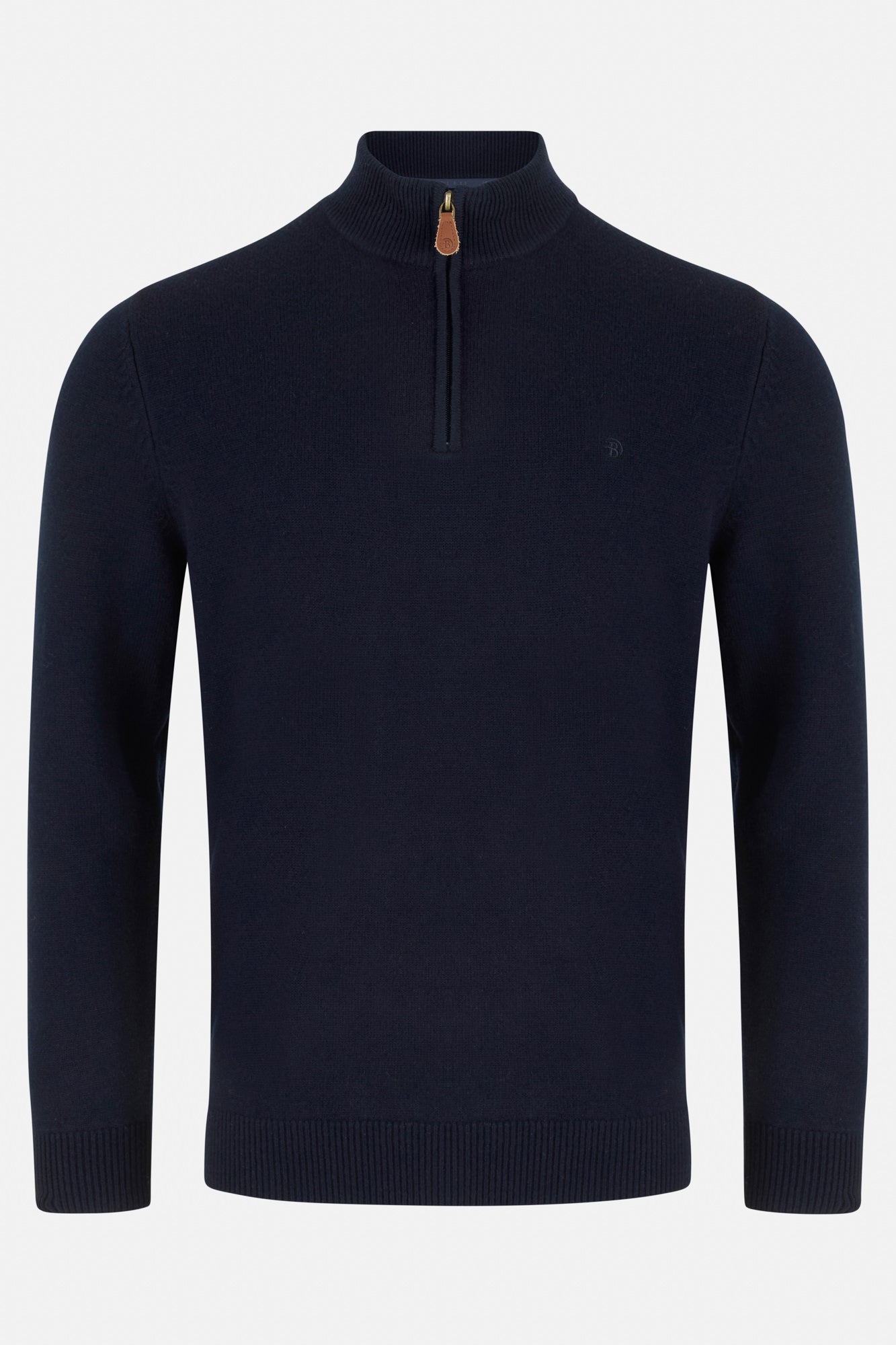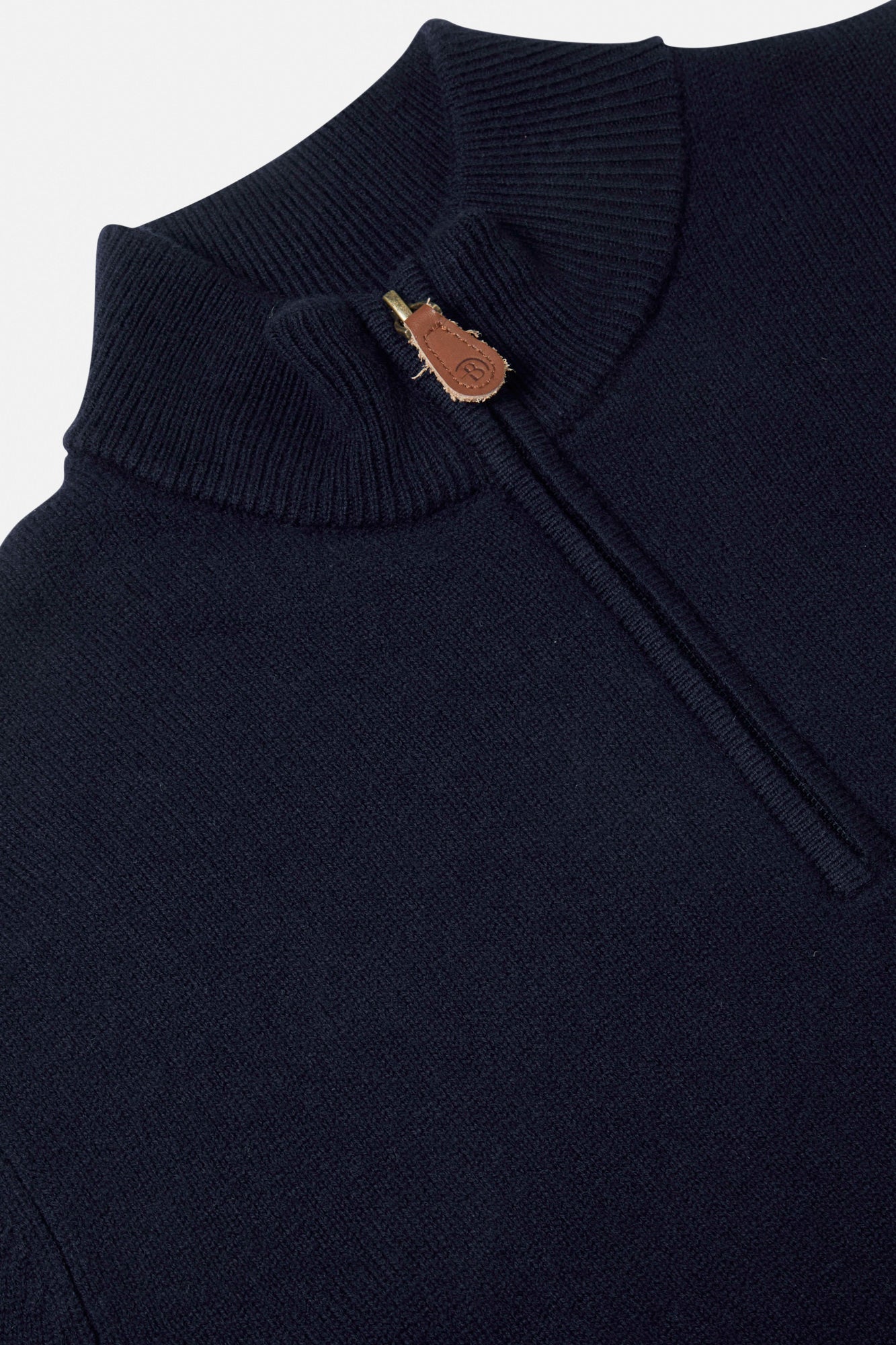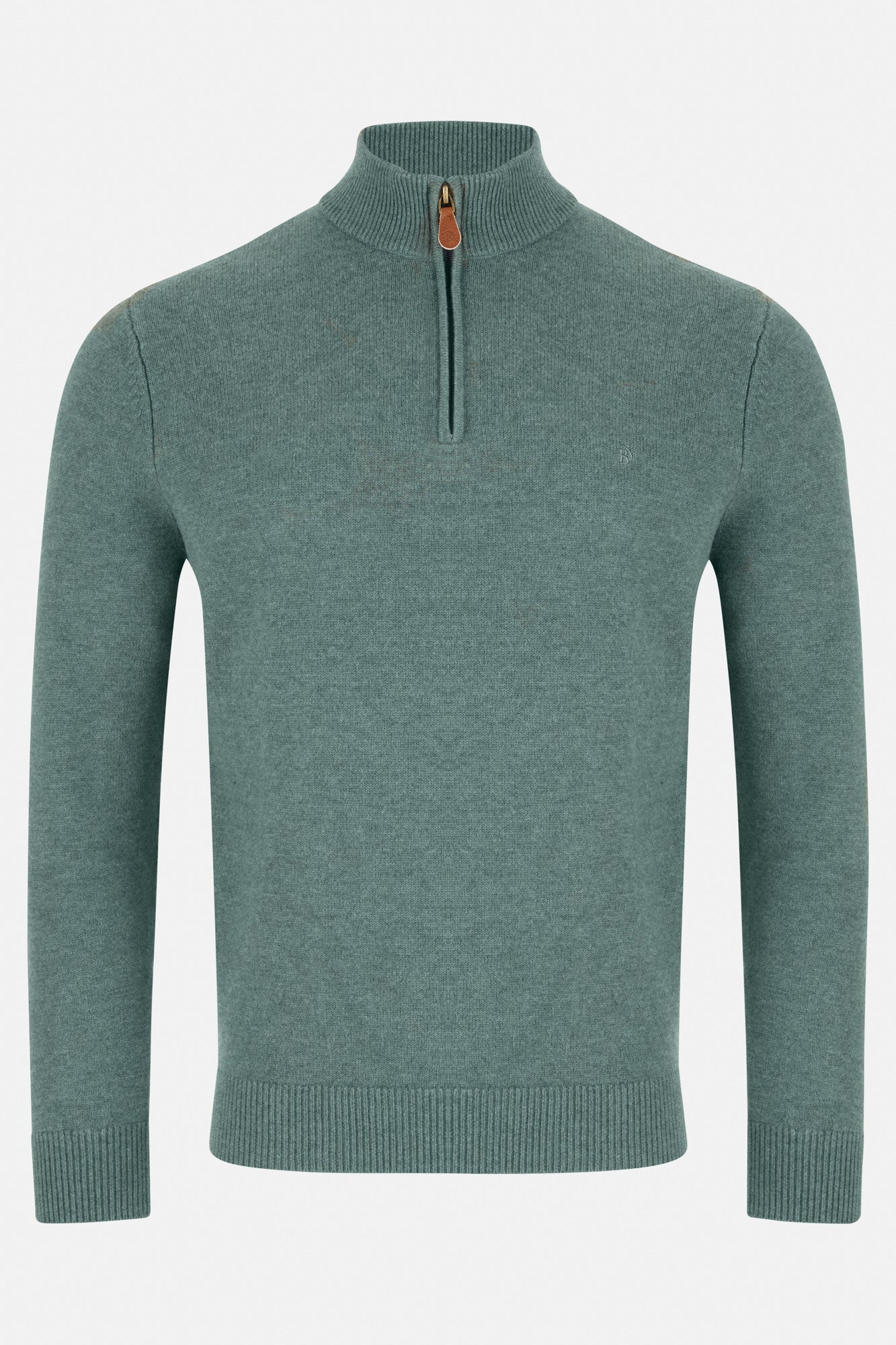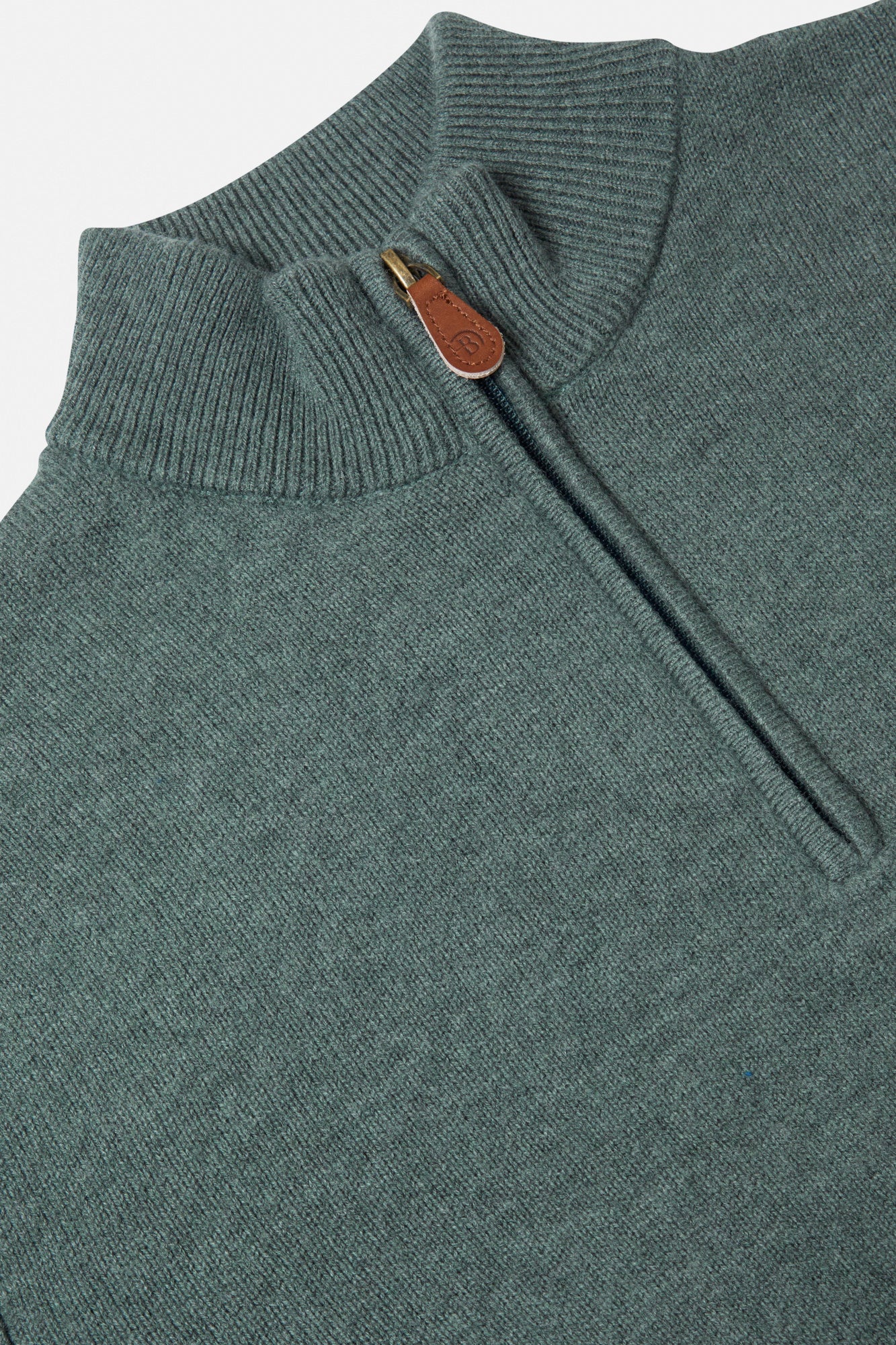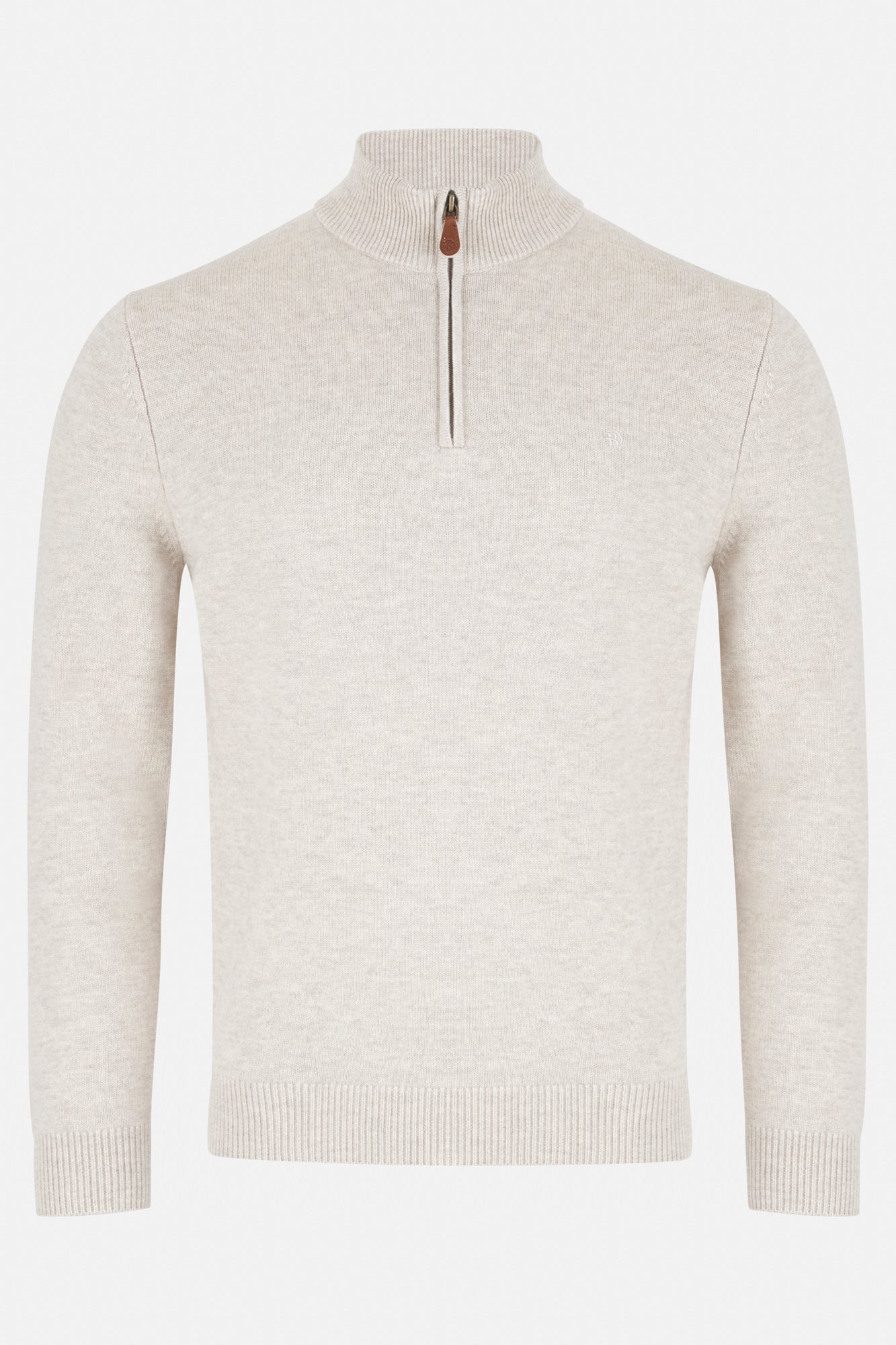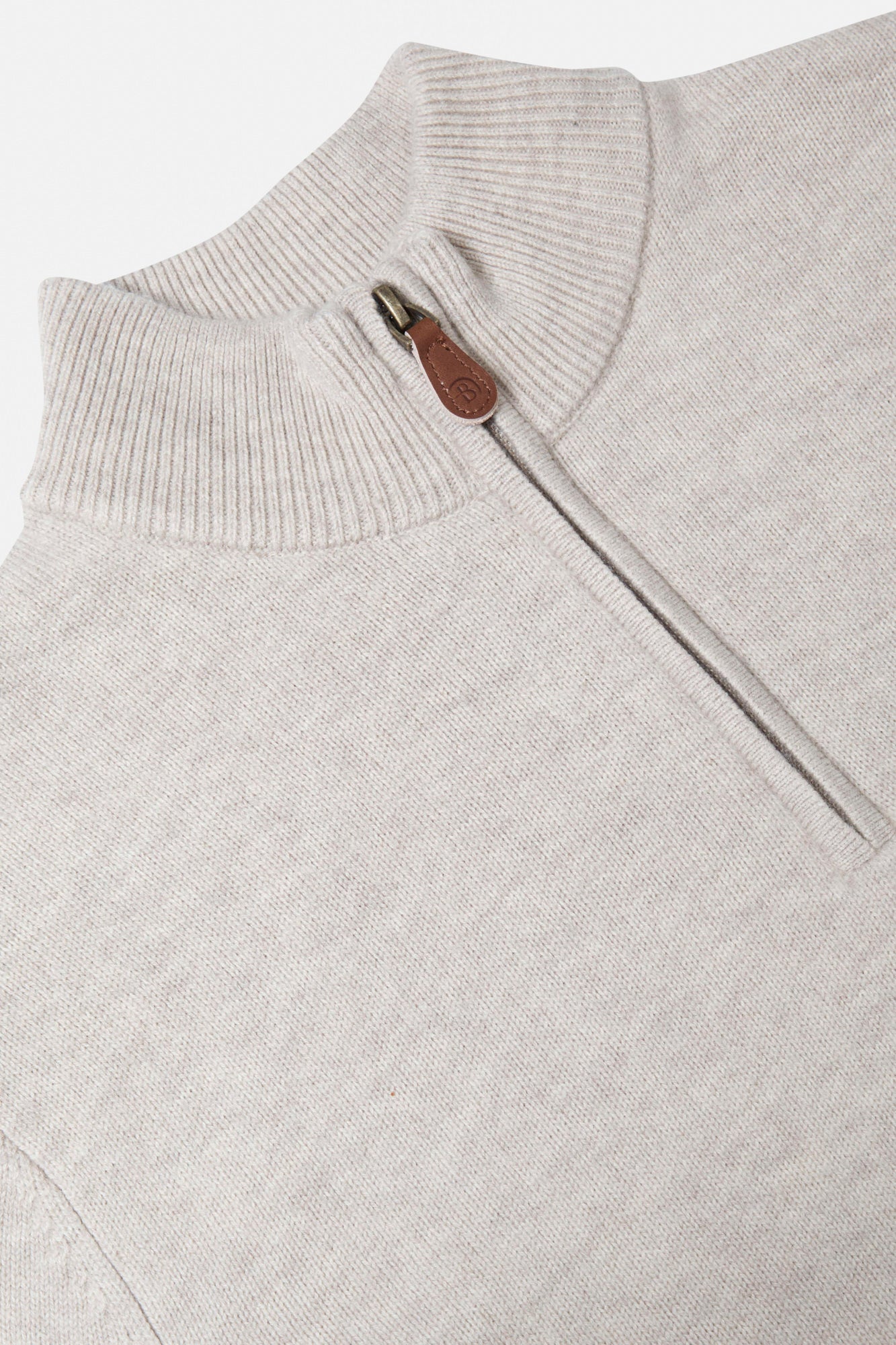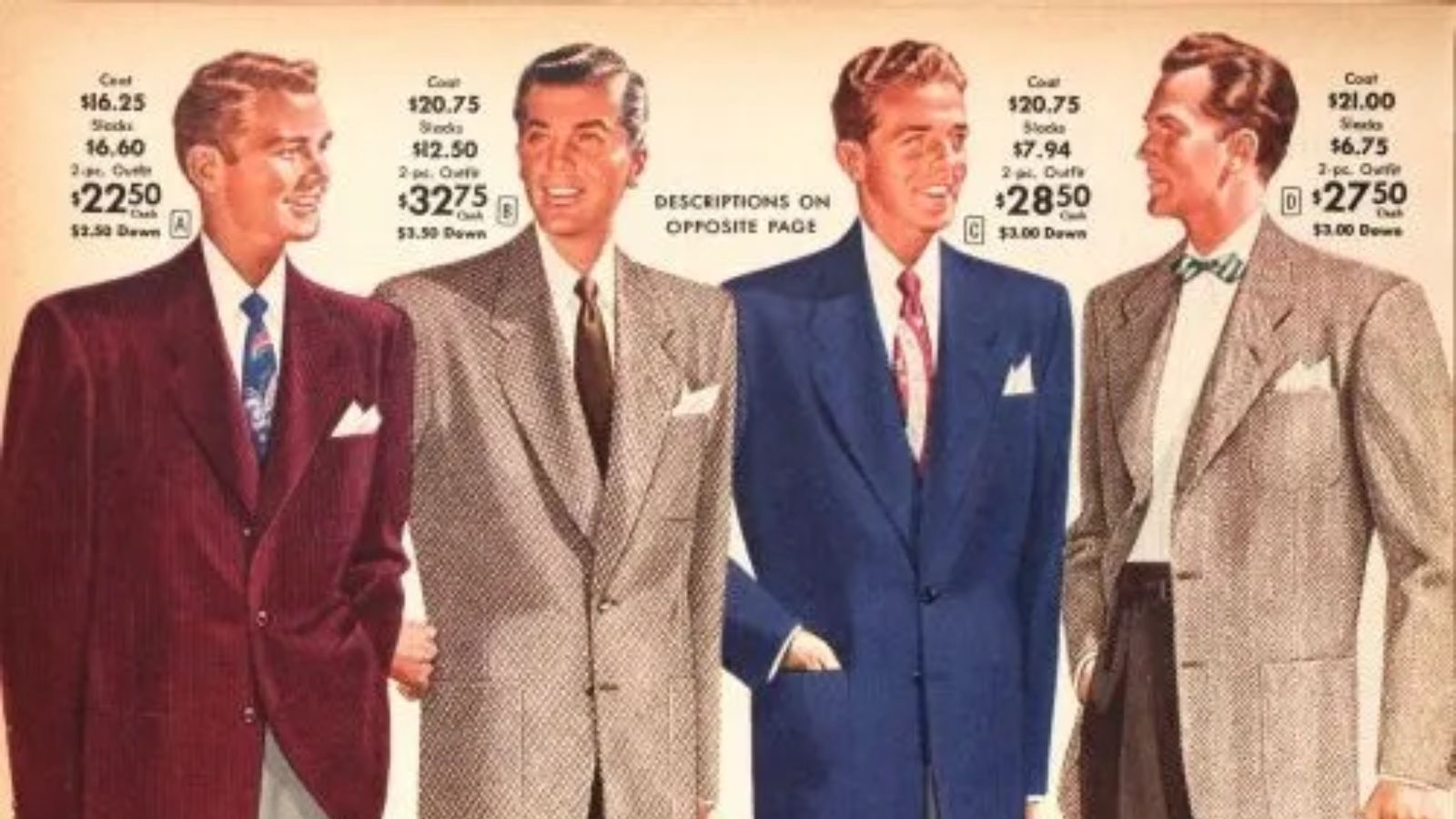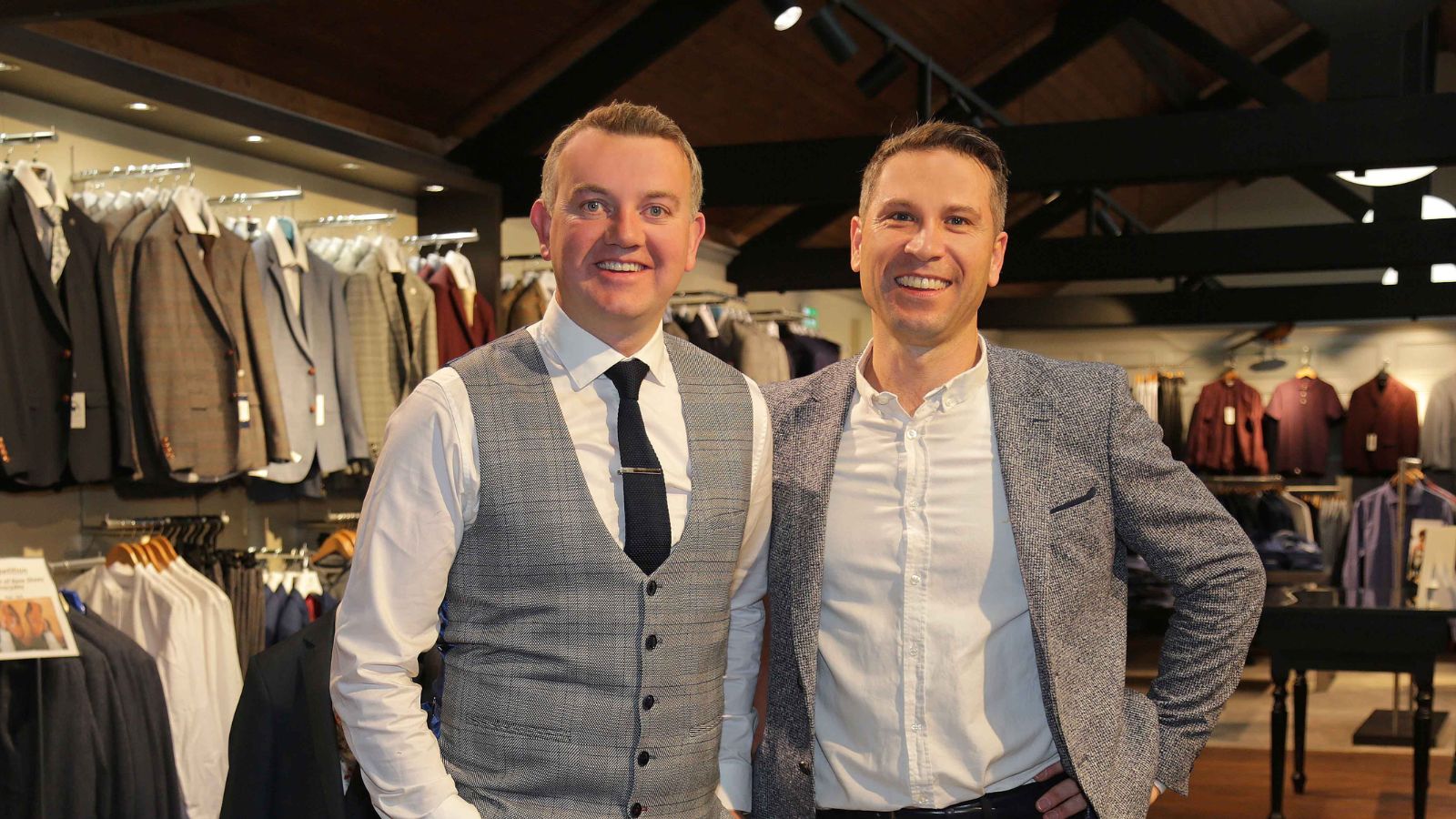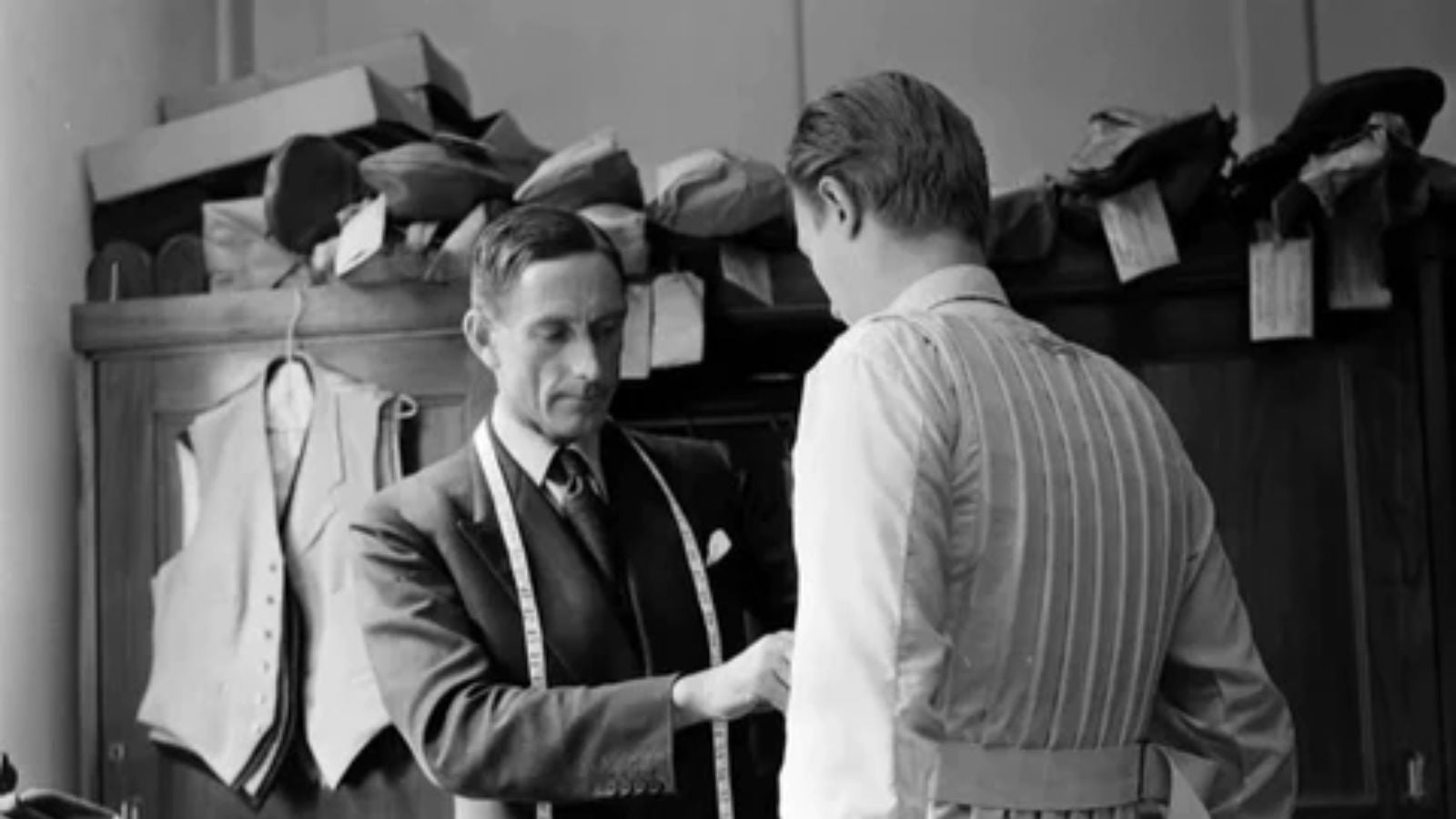How To Choose A Suit For Your Body Type

Often I’ve seen an outfit on a guy, a passerby, a client, a colleague and even celebrities and Ive thought to myself " I'd pull that off!". I make sure to make a mental note of each item of clothing that makes up the outfit in hope of replicating it someday but sometimes I step out of the dressing room and the outfit does absolutely nothing for me and I realise there is an invaluable lesson;
What works for one person might not work for you. Clothes are a social indicator that tells the people around us little things about us, an outfit can be used to identify a person’s role in society, their ambitions or their attitude to life.
Looking for your next suit for a special event? Browse our range of suits today and grab what you are looking.
Fitting and Tailoring a Suit
What determines the success or failure of an outfit depends on several factors but none is more overlooked than the fit. When we talk about the fit of a garment what we mean is how an item fits a body type. Contrary to popular belief there is no perfectly proportioned physique but there are ways to use clothes to accentuate our physical attributes in a positive light. To do this we have to be real with our bodies and understand that we must dress for the body we have instead of the body we want.
At Spirit, the most important thing of quality in a suit is how it fits.

There are 12 types of body types in fashion but in menswear, we focus on the 5 most common in Tailoring.
The Triangle
As the name suggests means that the bottom half of the form is wider than the top and as we move from the waist to the neckline, the profile gets slimmer. This is a common body type for an older gentleman. It’s commonplace in tailoring that men with this figure might be prone to patterned clothes or vertical stripes to streamline the profile.
The Inverted Triangle
The Inverted Triangle is the opposite of the aforementioned and it means that a man’s chest will be considerably wider than his waist. This profile usually belongs to the athletic customer and with health and fitness becoming more and more popular this shape is more common than you think. This body type is best suited to subtly tailored pieces, unlined or unstructured like the Neapolitan Jacket.
The Rectangle
Rectangle-shaped bodies mean that both chest and waist are similar in dimensions and are more common in taller men. The profile lends itself well to structured suits and garments like British tailoring which uses canvas and horse hair to give an item a predetermined shape for the wearer.
The Oval
The Oval body type is a fuller profile which means the Centrepoint is wider than both the torso and the waist.
Trapezoid
The Trapezoid or The Average build means that the person’s waist is slightly narrower than their chest and this is the build that most clothing designers create for. It is easy for this customer to buy ready-to-wear garments.
Suit Styles for Shorter Men
As previously discussed we want our finished product to look well proportioned, balanced and confident and here’s how we do that.- The oldest trick in a tailor’s book when it comes to shorter customers is to " Cut It Short". Although it might seem counterintuitive making sleeves and hems that bit shorter elongates the profile adding height to a man’s stature. For example, if your sleeves are an inch too long, they make you look an inch shorter.
- We advise wearing trousers cropped; Crop = 1Inch/2cm shorter than the length of the original pant.
- Tapering trousers can be advantageous too for the shorter gentleman. When we decide to gradually narrow the trouser from the knee down, we give a more streamlined look that compliments the physique. Trousers that are too wide will make the customer look shorter.
- Higher Sleeve Cuts, The higher cut armscye ( Arm-hole) tricks the eye into believing the armpit begins higher, therefore, adding height and lengthening the torso.
- Tailors have been using vertical stripes to lengthen profiles since the suiting began. The up-down pattern tricks the eye into lengthening a person’s silhouette
As a go-to, we recommend The Travis from Bennetti for customers interested in Suits and our JACK AND JONES Premium for semi-formal jackets and blazers.


Suit Styles For Stocky Builds
Some men carry weight around the midsection, the belly and others are bottom-heavy, the bum and then some men have broad shoulders and carry their weight in the upper torso/chest area but we've devised a guide to getting suited and booted.
Most bigger framed men tend to wear clothes that are too big for them because they feel if they wore something more fitted it might draw unwanted attention to their bodies but again a tailor will advise that you do the opposite.
If you wear loose-fitting clothes it adds weight and sometimes makes a person look larger than they are.
- We advise that you choose a lightweight cloth; Lightweight cloth tends to drape off a body in a straight drop as opposed to tweeds and heavyweight wools that tend to gather as they drape, they "bulk", adding unwanted weight to an outfit.
- By introducing small print in our shirting options we create depth to an outfit. We want to avoid big contrasts in colour too as to not make the outfit look overwhelmed.
- The suit jacket or blazer is the big man’s best friend because it frames the body and opting for a structured jacket it’ll enhance the architecture of a physique.
- We tell customers that if they’re conscious of carrying weight around the waist/tummy area then it’s best to stick to single-breasted two-button suits and this is because double-breasted suits give a boxy shape to the midriff.
- Think of lapels as a picture frame and the space between them as the canvas. if we use a thin frame, the canvas looks larger and vice versa so is a good shout to opt for a mid to wide lapel if youre a broader gent.
- If you want to wear a tie, it should be the same width as your lapels. This gives the centrepiece of the suit a sense of conformity with the whole outfit.

Jonny in Charcoal

James 3 Piece in Navy Blue
Suit Styles For The Taller Man
You'll notice that when we spoke about shorter and broader men we aimed to keep everything uniform but when it comes to achieving the elegant and proportioned look on a taller physique we will introduce combinations, this de-emphasises the length of a person.
- If you wear a navy jacket then opt for one shade lighter or one shade darker in pants and also mix cloths, textures and patterns.
- We use vertical stripes to elongate a figure so if you're naturally taller it’s probably best to eliminate obvious vertical features of an outfit; try to avoid vertical stripes in cloth or shirt patterns, and wear a belt instead of braces.
- Try to avoid super slim-fitting Suits and Pants too; opt for a mid-width pant leg or low-rise jeans to make it all look well proportioned.
- Another trick when it comes to dressing the taller man is to force our gaze downwards instead of up and we do this by emphasising the footwear.
- We advise that the taller man avoids a cropped hem on their pants.
- Add a splash of colour with a designer sock or shoe colours like ox blood or navy, this focuses our gaze and reduces the impact of the taller silhouette.
- Utilise horizontal stripes to add width to your profile.
We recommend the Simon or Harold by Benetti.
Check out our suits and shoes here:

Simon in Blue

Harold in Beige
Suit Styles For The Slim Build
People assume that a slender figure means that it’s easier to find clothes that fit but it’s quite the contrary. I find that if a suit is too big, they tend to make to physique look too skinny and as I mentioned repeatedly - It’s a balancing act.
- Opt for a semi-structured or unstructured suit jacket because their padded shoulders give the top half structure and a strong profile and as the gaze moves lower, the waist gets narrower gradually.
- Light knitwear can add weight to a character; a merino v Neck or wool turtleneck in colder times. There are numerous knit patterns available in menswear and all of them add bulk to our physique, Experiment with Argyle Knits, HerringBone, CableKnit, Aran Knits etc.
- Patterns create the illusion of fuller form and can easily be dressed up or down at will. This goes for pants too, use a subtle grain or pattern in your choice to create the look of a stronger bottom half like nice wool pants or heavyweight denim.
We advise customers to go toward some of our more fashion-forward choices by Sixth Sense or Marc Darcy that offer patterned cloth but with a contemporary cut and our Jack and Jones Premium Trousers specifically, the Marco which is designed as a slim trouser but uses a heavier fabric to give it the perfect look.
Check them out below.

Jack and Jones Premium

Marc Darcy Max
How Do I Measure My Perfect Suit Size
Suits have a sizing system that follows the Imperial Measurement Standard which means that we speak in Inches as opposed to cm.
Suits are sized by their chest size and the corresponding pants will always be six inches smaller at the waist.
These types of suits come in different lengths too meaning that they come with a predisposition to body length; Short, Regular and Long.
To find your measurements for a suit, your fitter or tailor will use an inch tape or a tailor’s tape.
To measure the chest, you simply guide the tape across the pectoral muscle right around the back to measure the circumference of the chest.
A good indicator of a well-fitted jacket is when the shoulder seam ends where the customer’s shoulder ends and if the jacket closes with ease and has a fingers room to play.
To measure your neck we run the tape around the base of the neck and leave a fingers room just under Adam’s apple. This is where we button our collar. We need to leave room for movement, and comfort and avoid friction against the skin on our necks.
To measure the waist we do the same exercise but instead of the pectoral muscle, we begin where you'd normally belt your trousers but leave maybe ¼-½ inch room so the pants allow movement.
Most modern tailors/retailers measure your in-seam and will use this measurement as the pant length.
A suit must fit properly before we can begin to modify it so bear with your tailor and don't be afraid to tell them what look it is your trying to achieve.

High Quality vs Low Quality Suits
When buying a suit it’s important to ask; What do I demand from my suit?
What we mean by this is that the busy, entrepreneur, working man style customer will have different demands that a gentleman attending a wedding or a black tie affair.
The working man needs durability, reliability and versatility; He needs a suit that is breathable, that’s comfortable to work in and still looks sharp. The customer attending the Formal event has a less strenuous day and his suit is all about impression, decoration and luxury that said his suit can be made of more elaborate materials and more adventurous cuts that can afford to be less utilitarian than the working man’s suit.
Higher Quality suits are usually made of Natural Cloths like Cotton, Wool and Linen and will be entirely handmade or machine-made and hand finished this is because a hand stitch is more flexible and allows more movement within the suit. Natural materials are more breathable as air can pass through the fibres and this means a suit will wrinkle less, be less prone to sweating and will stretch with our movements.
- A higher quality suit will come with reserve material to allow for alterations at a later date and may also feature finishers stitch on the lapel which shows that the jacket was hand finished by a Master Finisher or Maestro.
- A well-made suit will have hand-sewn buttonholes and working buttons on sleeves and will have hand-fitted pockets that are stronger than a machined pocket.
- The best indicator of a good suit is ultimately how it feels; it should feel natural against your body, it should feel supportive, not constrictive and you should feel comfortable moving in it.
VS
- Low-Quality suits tend to be entirely machine-made and made from low-cost materials like Polyester or Viscose or blends of both. These materials have less flexibility and overall feel and look rigid.
- They won’t have the tell-tale signs of a premium suit i.e finishers stitch, poor quality button holes and the chest pieces will be a stiff canvas glue mix which limits movement.
- They won’t have reserve material for alterations.
- A poor quality suit won’t dry clean well as the glues used in manufacturing break down when it comes in contact with cleaning agents meaning the suit loses its shape as opposed to our higher quality suit that will last years if cared for correctly.
Check out our mens suits online here:
Or call in and speak with our suit team; Arturs, Cian, Joe, Paddy, Peter or Shane
CONTACT US
Spirit Clothing Ltd.
55 Main Street,
Longford Town,
Ireland,
N39 E8D2 .
Phone: +353 43 33 48687
Email: info@spiritclothing.ie
Hours: Monday to Saturday 10- 6
